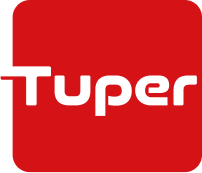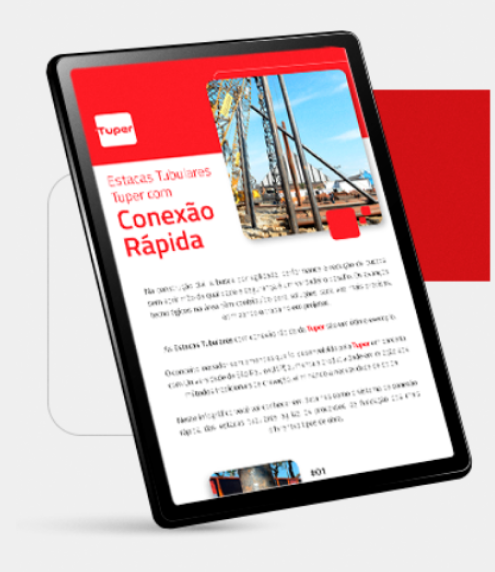When it comes to construction, maintenance, or renovation work, choosing the right type of scaffolding is essential to ensure safety, efficiency, and quality of service. Among the models available on the market, facade scaffolding and multidirectional scaffolding are the most recommended. Each has specific characteristics and applications. Understanding the differences between them can be crucial to the success of your project. In this article, we will explore the key differences between these two types of scaffolding and help you choose the most suitable one for your needs.
What is facade scaffolding?
Facade scaffolding is a model made up of frames, seven length modulations, and anti-slip platforms. It is a linear structure fixed to the facade of buildings and constructions. It allows for faster assembly and disassembly processes, forming a rigid and stable set that increases productivity on the job site. Additionally, the equipment provides complete safety for those using it.
Main features of facade scaffolding:
Linear structure and fixation: The facade scaffolding is composed of structures fixed to the wall, as explained above.
Simplicity: The assembly is relatively simple and quick, as the structure is less complex.
Specific use: Ideal for work on building facades, such as painting, cleaning, and other tasks.
This type of scaffolding offers excellent stability to the structure during the execution of the work.
What is multidirectional scaffolding?
Multidirectional scaffolding is made up of structural tubes with flanges every 50 cm. As a result, it allows for numerous types of assemblies for various applications, including use as shoring, adapting to the needs of the project, or even for stairs and other types of construction.
Main features of multidirectional scaffolding:
Versatility: Multidirectional scaffolding is highly adaptable. The assembly can be horizontal, vertical, or even at angles, making it ideal for complex projects with varying heights or spaces.
Quick coupling and rosettes: These features allow for angle and position adjustments, providing more flexibility during installation.
This model is widely used in large constructions, such as bridges, towers, and even infrastructure projects, as well as in the industrial sector in general. Its flexibility and adaptability ensure broad and efficient use.
Main differences between facade scaffolding and multidirectional scaffolding:
Structure and Assembly
Facade scaffolding is made up of frames and has a linear structure designed for work on straight facades.
Multidirectional scaffolding, on the other hand, is made of structural tubes with flanges every 50 cm, allowing for multiple configurations, providing greater flexibility for complex assemblies.
Versatility
Facade scaffolding is more applicable to vertical structures, such as building facades.
Multidirectional scaffolding can be assembled in various directions, adapting to different types of projects, such as stairs and other structures, and can also function as shoring.
Safety
Both types of scaffolding manufactured by Tuper adhere to strict quality standards and comply with NR18 (Brazil) and DIN EN12811 (Europe) regulations to ensure total safety for their intended applications. They eliminate the need for collective safety peripherals, providing more safety and versatility for work even in hard-to-reach areas.
Discover the quality of Tuper Scaffolding
Tuper scaffolding in both facade and multidirectional models is manufactured based on European standards. They are designed to provide more safety and speed in the execution of services related to the project, resulting in cost savings and, consequently, in the project timeline.
Among the main features are the practical and easy-to-assemble system. They are hot-dip galvanized according to the NBR 6323 standard, with work platforms, anti-slip systems, and high load-bearing capacity.
To learn more about Tuper Scaffolding, visit the website and download the catalogs in the downloads section.
About Tuper
With 53 years in operation, Tuper is one of the largest steel processors in Latin America. The company keeps up with market trends by offering a broad range of products in compliance with the most demanding national and international standards.
The product portfolio includes solutions for the industrial, automotive, construction, agribusiness, oil and gas, and solar energy sectors, among others.
The steel solutions produced by Tuper include structural and industrial tubes, conduit pipes, galvanized conduits, scaffold tubes, boiler tubes, condensers and heat exchangers, drawn tubes, Line Pipe API 5L, and Casing API 5CT. Additionally, it manufactures tubular piles with quick connections, steel roofing, structural profiles, composite ribbed slabs, scaffolds, steel props, siding, slitters, and solutions for the photovoltaic sector. Completing the product catalog, Tuper also produces automotive parts and components, welded assemblies, and aftermarket exhausts and catalysts.
Tuper’s trajectory is marked by determination, boldness in creating innovative solutions, and a commitment to offering excellent products for all the segments it serves.
Learn more about Tuper.

















